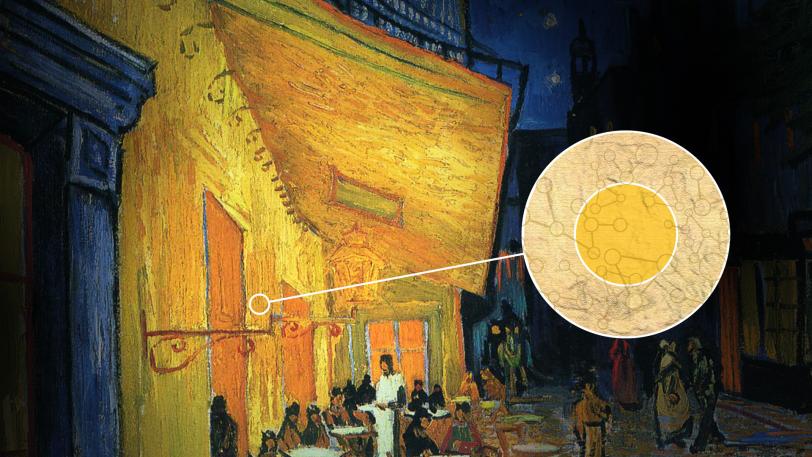The masterpieces of Henri Matisse, Vincent Van Gogh, Georges Seurat and many of their contemporaries are currently undergoing catastrophic changes, including paint discoloration and loss. This damage, which threatens many works of art of our cultural heritage, is associated with three specific yellow pigments: cadmium yellow, chrome yellow, and zinc yellow. These are the iconic yellows of the post-Impressionist and early modernist periods. X-ray analysis of the paintings, already a standard tool of art interpretation and conservation, can give us clues toward a solution. This lecture will describe how X-ray observations at SLAC and other laboratories reveal these yellow pigments reacting with their environments and changing over time, and the implications of these discoveries for the preservation of these irreplaceable works.
Don't Fade Away: Saving the Vivid Yellows of Matisse and Van Gogh
Presented by Jennifer Mass
About Jennifer Mass
Jennifer Mass is director of the Winterthur Museum's Scientific Research and Analysis Laboratory and a faculty member in the Winterthur/University of Delaware MS Program in Art Conservation. As a senior scientist at the laboratory with a PhD in inorganic chemistry, she researches how artists' pigments change over time and how paintings can be studied in depth with nondestructive techniques. She has published numerous articles on her research in art conservation, physics and materials science journals, and received awards for her confocal X-ray fluorescence (XRF) research from the Italian Society for Nondestructive Testing and the Materials Research Society. Mass recently co-edited a volume on handheld XRF applications in art and archaeology and co-organized two symposia on the application of synchrotron-based methodologies to the study of cultural heritage.
Don't Fade Away: Saving the Vivid Yellows of Matisse and Van Gogh
Presented by Jennifer Mass

Don't Fade Away: Saving the Vivid Yellows of Matisse and Van Gogh
Public lecture presented by Jennifer Mass
SLAC National Accelerator Laboratory
12:30–1:30 p.m. PDT